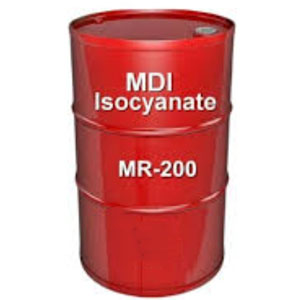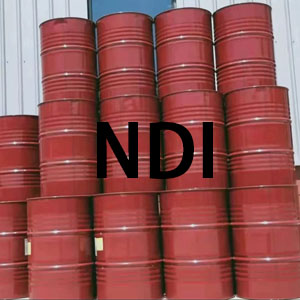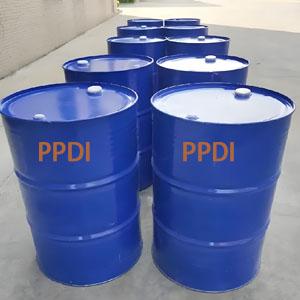- +86-19941574798
- sale06@kfqizhongji.com
Polyurethane Material
Polyurethane Material
 Common polyurethane materials such as MDI/TDI/NDI/PPDI are added with specific ingredients to meet specific usage environments such as high temperature, low temperature, high load-bearing, high rebound, friction resistance, anti-static, no slag, and no trace.
Common polyurethane materials such as MDI/TDI/NDI/PPDI are added with specific ingredients to meet specific usage environments such as high temperature, low temperature, high load-bearing, high rebound, friction resistance, anti-static, no slag, and no trace.
MDI (toluene diisocyanate), TDI (toluene diisocyanate), NDI (naphthalene diisocyanate), and PPDI (paraphenylene diisocyanate) are commonly used isocyanate raw materials for synthesizing polyurethane elastomers. They give polyurethane wheels different performance characteristics and are suitable for a variety of application scenarios. The following is an analysis of the differences between these four isocyanates in the application of polyurethane wheels.
• MDI (toluene diisocyanate) polyurethane wheels
Performance characteristics: MDI-based polyurethanes have excellent low-temperature flexibility and maintain elasticity and resilience in cold environments. They also have good resilience and heat dissipation.
Applications: Ideal for equipment operating in cold environments, such as industrial freezers, where flexibility is critical.

• TDI (Toluene Diisocyanate) poly wheels
Performance characteristics: TDI-based polyurethane exhibits excellent resilience.
Application scenarios: Suitable for scenarios with high elasticity requirements, such as light AGVs, low-load handling equipment, or floors that require shock absorption (such as epoxy resin floors, carpets)

• NDI (Naphthalene Diisocyanate) urethane wheels
Performance characteristics: NDI-based polyurethanes (such as Vulkollan®) have extremely high mechanical strength, excellent wear resistance, and excellent heat resistance. Suitable for applications requiring high loads and high dynamic performance.
Application scenarios: Commonly used for high-load automatic guided vehicle (AGV) wheels, heavy machinery equipment wheels, etc.

• PPDI (Paraphenylene Diisocyanate) PU wheels
Features: PPDI-based polyurethane has excellent heat resistance, excellent dynamic performance, and low hysteresis, which is very suitable for applications requiring minimal energy loss and high thermal stability.
Application scenarios: Suitable for industrial equipment wheels in high temperature environments, high temperature resistant conveying systems, etc.

Comparison of the performance of different materials
| Property | TDI | MDI | NDI | PPDI |
| Hardness | Soft (Shore A65°-95°) | Moderate (Shore D46°-90°) | High (Shore D70°+) | Very high (ShoreD 80°+) |
| Elasticity | Excellent | Good | Low | Very Low (rigid) |
| Heat resistance | Poor (degrades>80°C) | Good (up to~120°C) | Excellent (up to~150°C) | Outstanding (up to~200°C) |
| Wear resistanc | Moderate | High | Very high | Extreme |
| Toxicit | High (volatile) | Low | Low | Low (but harsh processing) |
Choosing the right type of isocyanate depends on the specific application requirements of the polyurethane wheel. MDI is suitable for low temperature environments, TDI is suitable for high temperature and compression resistance requirements, NDI is suitable for high load and high dynamic performance applications, and PPDI is suitable for high temperature and high strength requirements. According to the use environment and performance requirements, select the corresponding polyurethane material to ensure the performance and service life of the wheel. To meet the needs of customers in different industries, Filson continues to develop and improve material technology, and expand more application projects to meet the growing market demand and the challenges it brings.
